Find out how everything in a chemistry lab works, from pipettes to burners to recrystallization to storage. You'll get precise instructions on how to work and perform certain scientific duties in the chem lab, whether it's chemical or just ordinary high school science.
Watch this video on how to use a volumetric flask in the chemistry lab, for preparation of a standard solution. As the example of how to use a volumetric flask or a measuring flask, the movie explains the preparation of the standard solution of potassium iodate (KIO3).
A volumetric flask is employed when a solution of a definite concentration is prepared. The volume of a volumetric flask is the volume of a liquid in the flask which is filled up to the marked line. When a standard solution is prepared from a solid sample, it is not dissolved in a volumetric flask but in another container. Then, the solution is transferred into the volumetric flask.
Because the volume may change at mixing of a sample and a solvent, the sample should not be diluted directly to the marked line without stopping. After the final dilution, the solution is mixed thoroughly, by inverting the flask and shaking. The mixing is not enough when it is shaken without inverting.
Volumetric flasks just like volumetric pipettes and burette should not be dried by heating. When an aqueous solution is prepared, a wet flask washed with distilled water can be employed without drying. Volumetric flasks should not be washed with brushes because the inside might be flawed and the volume might be changed. They are washed by repeated rinsing with solvents.
Just updated your iPhone? You'll find new emoji, enhanced security, podcast transcripts, Apple Cash virtual numbers, and other useful features. There are even new additions hidden within Safari. Find out what's new and changed on your iPhone with the iOS 17.4 update.
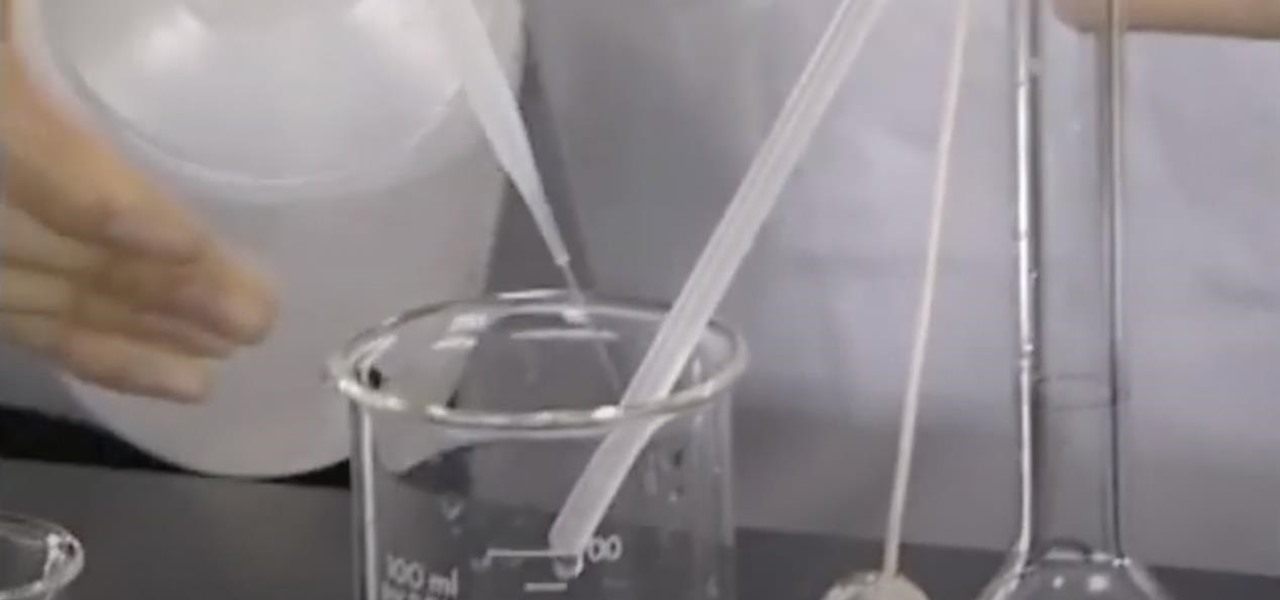


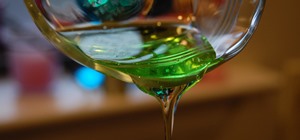
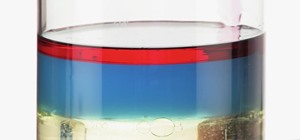
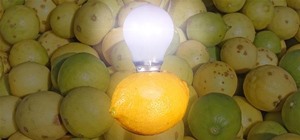
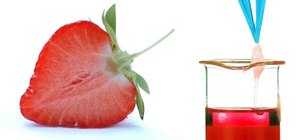
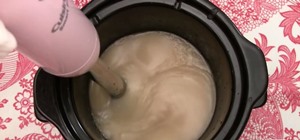
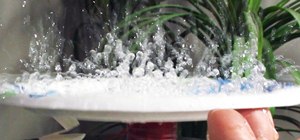
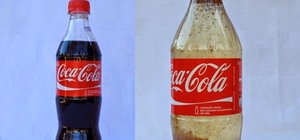
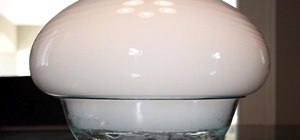
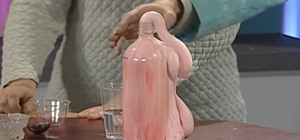

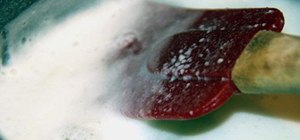
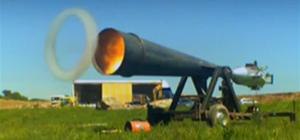

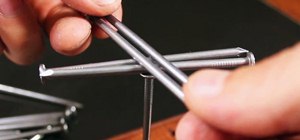
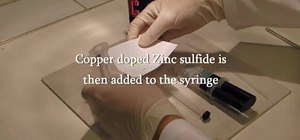

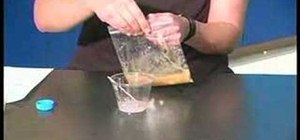
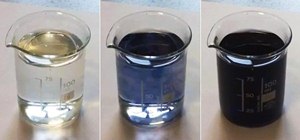
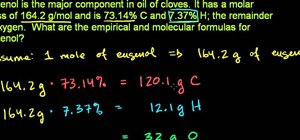
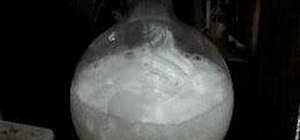

Be the First to Comment
Share Your Thoughts